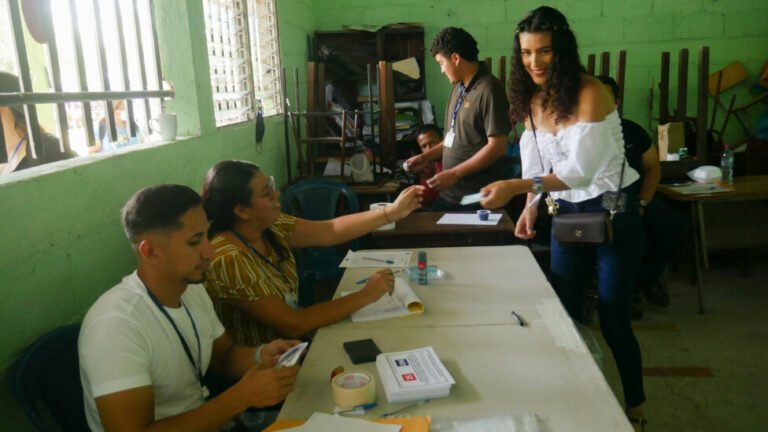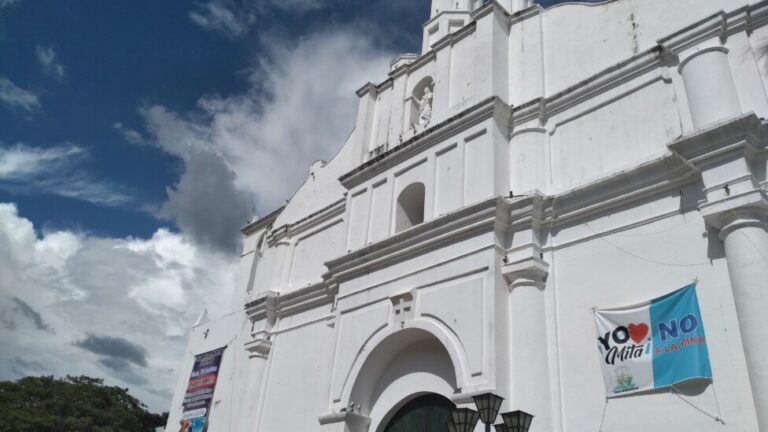TEMECULA, Calif., Sept. 21, 2022 (GLOBE NEWSWIRE) — Nikkiso Cryogenic Industries' Clean Energy & Industrial Gases Group (Group), a part of the Nikkiso Co., Ltd (Japan) group of companies, is pleased to announce the reorganization of their Integrated Cryogenic Solutions Unit (ICS). As the result of both ICS' growth and tremendous market opportunities in renewable and green energy, ICS will now split into two Functional Units effective October 1, 2022.
The new "Nikkiso Fueling and Solutions" Unit will continue driving the business growth in hydrogen fueling market, natural gas fueling market, skid–mounted system, and turnkey systems. Mike Mackey (currently Senior Vice President of ICS) will be President of Nikkiso Fueling & Solutions. All current ICS staff and facilities will remain part of this new Unit.
The new "Nikkiso Energy Infrastructure & Strategic Projects" (NESP) Unit will expand the Group's offerings to provide turnkey solutions for energy infrastructure including geothermal plants, compressed hydrogen distribution systems, energy recovery solutions, and offshore marine fueling systems. They will also provide full turnkey support for Nikkiso Cosmodyne plants. Joseph Pak (current president of ICS) will serve as President of NESP.
Nikkiso Expander Application Technique (NEAT) department, headed by Dr. Reza Agahi, will be part of the NESP unit.
"These changes are being made to better serve our customers and allow us to expand our portfolio of solutions for the growing global zero–emissions mandate," according to Peter Wagner, CEO of Nikkiso CE&IG. "They further support our vision to be "Leading the change to a healthier world'."
With these changes, Nikkiso continues their commitment to be both a global and local presence for their customers.
ABOUT CRYOGENIC INDUSTRIES
Cryogenic Industries, Inc. (now a member of Nikkiso Co., Ltd.) member companies manufacture and service engineered cryogenic gas processing equipment (pumps, turboexpanders, heat exchangers, etc.), and process plants for Industrial Gases, Natural gas Liquefaction (LNG), Hydrogen Liquefaction (LH2) and Organic Rankine Cycle for Waste Heat Recovery. Founded over 50 years ago, Cryogenic Industries is the parent company of ACD, Nikkiso Cryo, Nikkiso Integrated Cryogenic Solutions, Cosmodyne and Cryoquip and a commonly controlled group of approximately 20 operating entities.
For more information, please visit www.nikkisoCEIG.com and www.nikkiso.com.
MEDIA CONTACT:
Anna Quigley
+1.951.383.3314
aquigley@cryoind.com










